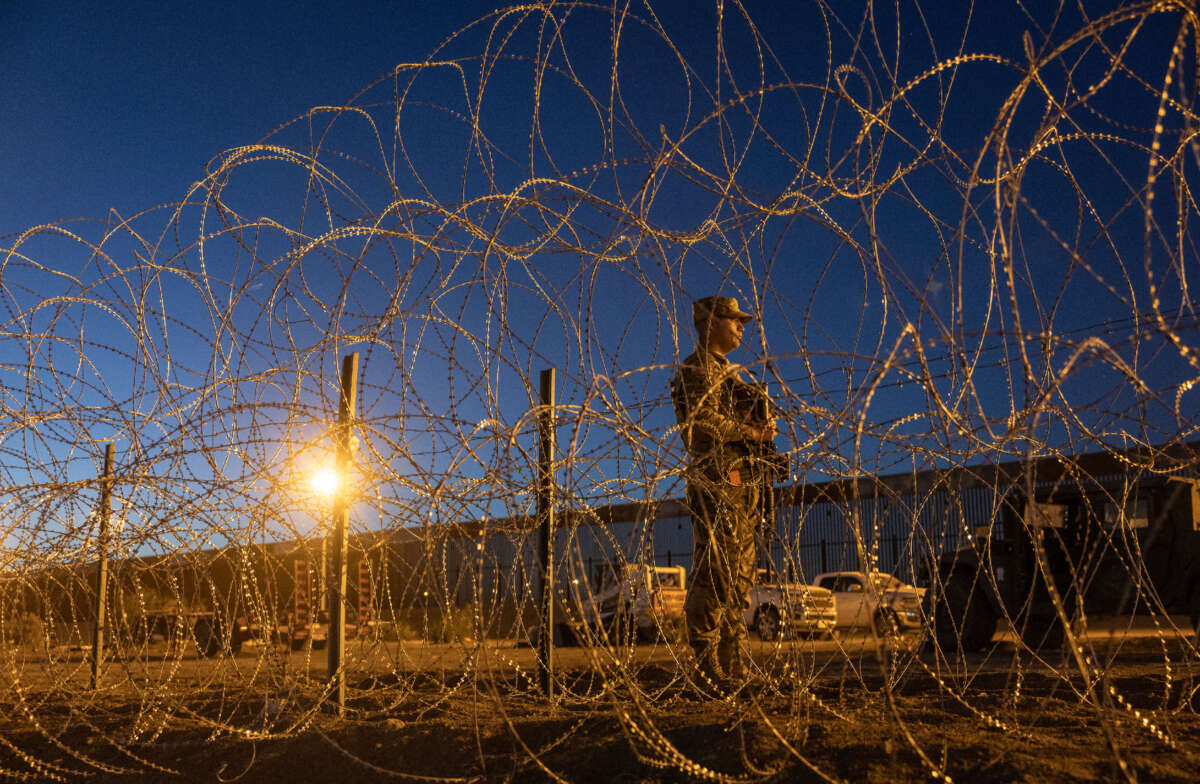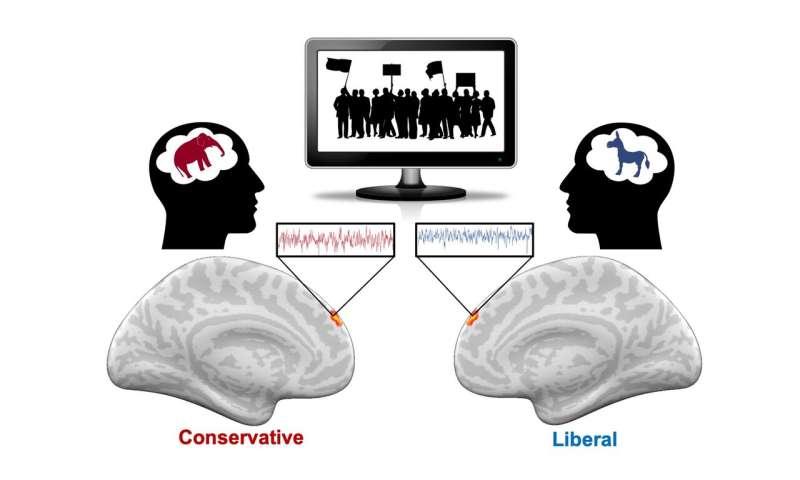
In November 2019, on the campaign trail in South Carolina, then-candidate Joe Biden was asked a question by immigrant rights activist Carlos Rojas Rodriguez and an immigrant community member.
A tense back-and-forth ensued, with Rodriguez and Silvia criticizing the Obama administration's record on deportations and calling for a moratorium on deportations if Biden was elected.
Biden disagreed and told Rodriguez, "You should go vote for Trump."
With the Biden administration set to take office on January 20, 2021, Business Insider spoke with Rodriguez about the work ahead for immigrant rights activists.
Carlos Rojas Rodriguez made headlines in 2019 when a question about the Obama administration's immigration record received a blunt response from then-candidate Joe Biden.
Standing next to an immigrant mother and local activist named Silvia in Greenwood, South Carolina, Rodriguez translated her question to Biden. Silvia remarked that she worried about Immigration and Customs Enforcement targeting her family next, and she was concerned about Biden's defense of the Obama administration's deportation campaigns. When Silvia asked Biden if he would implement a moratorium on deportations on day one, he responded "No," and defended deportations for individuals with criminal records.
Rodriguez, however, chimed back in, this time with his own thoughts and concerns as a formerly undocumented person, reminding Biden that millions of families were separated under his administration.
In video of the encounter, audience members could be heard yelling "Give him a mic!" asking for Biden's team to give Rodriguez a mic to ask his follow-up. Biden, roaming down the school gymnasium to address Rodriguez, squarely told him: "You should vote for Trump," and proceeds to turn his back and walk away as Rodriguez says, "No, I am not going to do that. But I want to make sure that immigrant families and people like Silvia are not afraid."
"I wanted to make it clear to the public, to Biden, who was a presidential candidate then that if he were to become president at the time, that he has both legislative and also administrative actions that he can do, going through the executive branch, and also obviously through the legislative branch," Rodriguez told Business Insider of his exchange with now President-elect Biden. (And to some extent, with the recently-announced 100-day freeze on deportations, it seems that Rodriguez's message resonated.)

Biden eventually called the 3 million deportations, 1.7 million of which were of people with no criminal record "a big mistake," during a February 2020 interview with Telemundo.
"To be clear I did not vote for Trump," Rodriguez said, stating that at the time he worked for Movimento Cosecha, an immigrants rights organization, and then went on to work for Sen. Bernie Sanders' campaign. In 2008, he volunteered for the Obama campaign. Carlos became a citizen in 2017 and voted in his first presidential election in 2020, voting for Biden.
Video: Biden says he will take executive action on immigration (FOX News)
Trump's immigration policies were widely derided by activists as increasingly punitive. Throughout his time in office, he consistently increased the Department of Homeland Security budgets for immigration enforcement efforts, spent over $18 billion on the incomplete border wall, and enacted a series of policies focused on detention and separation, alongside a systematic gutting of the asylum system through the Migrant Protection Protocols.
"The pain that the Latino community is going under, it is so big that we actually need all the approaches. We need executive action. We need administrative action. We need legislative action," Rodriguez added. "Unfortunately, we are dealing and I think we're going to continue to deal with the least effective Congress in modern United States history, where gridlock is what you get every day, and where compromise is seen as a sign of weakness."
At DHS, the undoing Trump policies and implementation Biden policies will be the purview of Alejandro Mayorkas if he's confirmed. Mayorkas came to the US as a refugee from Cuba and was tapped to lead Biden's Department of Homeland Security, and if confirmed he would be the first immigrant and Latino to head the agency.
And Rodriguez, while glad to see the Trump administration go, said his work will continue under a Biden administration. He singled out the addition of Cecilia Munoz, director of the White House Domestic Policy Council under Obama, to Biden's transition team as a major cause for concern.
"Munoz was a former immigrant rights advocate who defended mass deportations and family separation under the Obama Administration and de-escalated the immigrant rights movement for eight years," Rodriguez said. "Her presence in the Biden transition team only signals that we could be very well going back to the Obama era of pro-immigrant rhetoric with anti-immigrant practices and policies which led to a record of 3 million deportations."
This tension, of being relieved to have defeated Trump but being worried about returning to Obama-era immigration policies, is playing out in his community, Rodriguez said. He added that the uplifting of the Deferred Action for Childhood Arrivals (DACA) policy is welcome but that there must be a pathway to citizenship for all undocumented people in the US.
"[T]he Obama and the Biden administration funded DHS budgets and ICE budgets for them to have the infrastructure to do all the things that Trump did with separating and incarcerating immigrant families," Rodriguez said. "So my biggest fear is that people feel that these cages all of a sudden disappeared, that deportations are not happening, just because you have someone who is speaking on the issue better in rhetoric, but not so much in the practice."
Rodriguez does acknowledge that there were immigration policy wins under the Obama administration, including DACA. (Mayorkas who worked for the agency during the Obama administration has been praised by immigrants rights groups for his work on DACA.)
During that time he said activists "were really catalyzed by mass mobilization, direct action, public confrontation, civil disobedience, led by directly affected folks. The common denominator there has always been public action, pressuring the Democratic Party, challenging them publicly."
Rodriguez added that what he would want to see from Biden is strong administrative relief and executive actions that include DACA and PPS and "also provide a real tangible relief for every undocumented person in the country." Rodriguez mentioned that executive actions reversing the travel ban, abolishing ICE, and enforcing a lasting moratorium on deportations are stances he will push the new administration towards.
"I am going to focus my time on making sure that we're empowering directly-affected people to take action, to be visible," Rodriguez said. "We're not going to let the Biden administration or the Democratic Party frame our fight."
Read the original article on Business Insider

.jpg)











